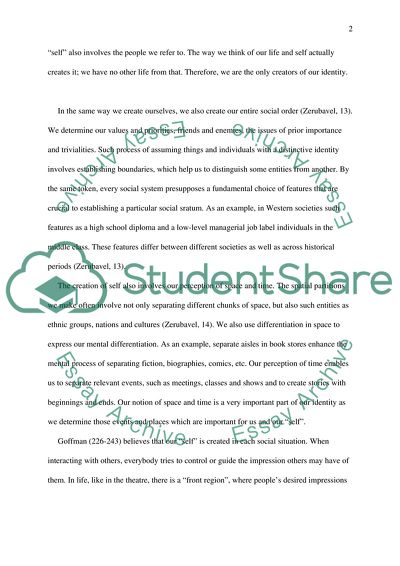Cite this document
(“Not Found (#404) - StudentShare”, n.d.)
Not Found (#404) - StudentShare. Retrieved from https://studentshare.org/psychology/1729497-what-is-self
Not Found (#404) - StudentShare. Retrieved from https://studentshare.org/psychology/1729497-what-is-self
(Not Found (#404) - StudentShare)
Not Found (#404) - StudentShare. https://studentshare.org/psychology/1729497-what-is-self.
Not Found (#404) - StudentShare. https://studentshare.org/psychology/1729497-what-is-self.
“Not Found (#404) - StudentShare”, n.d. https://studentshare.org/psychology/1729497-what-is-self.


